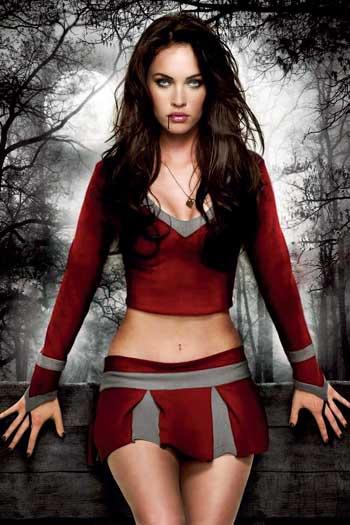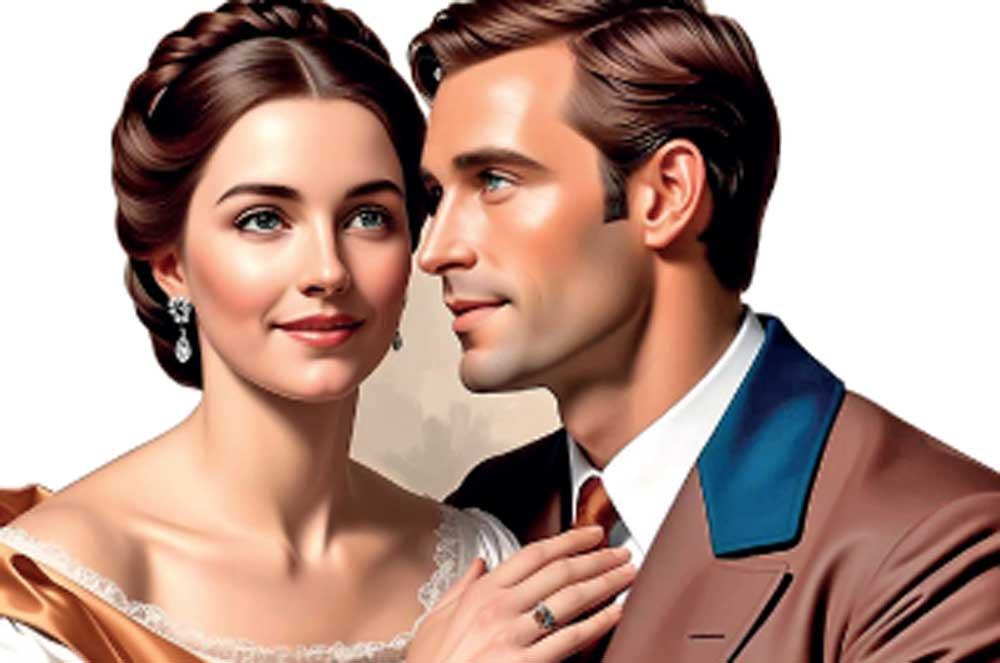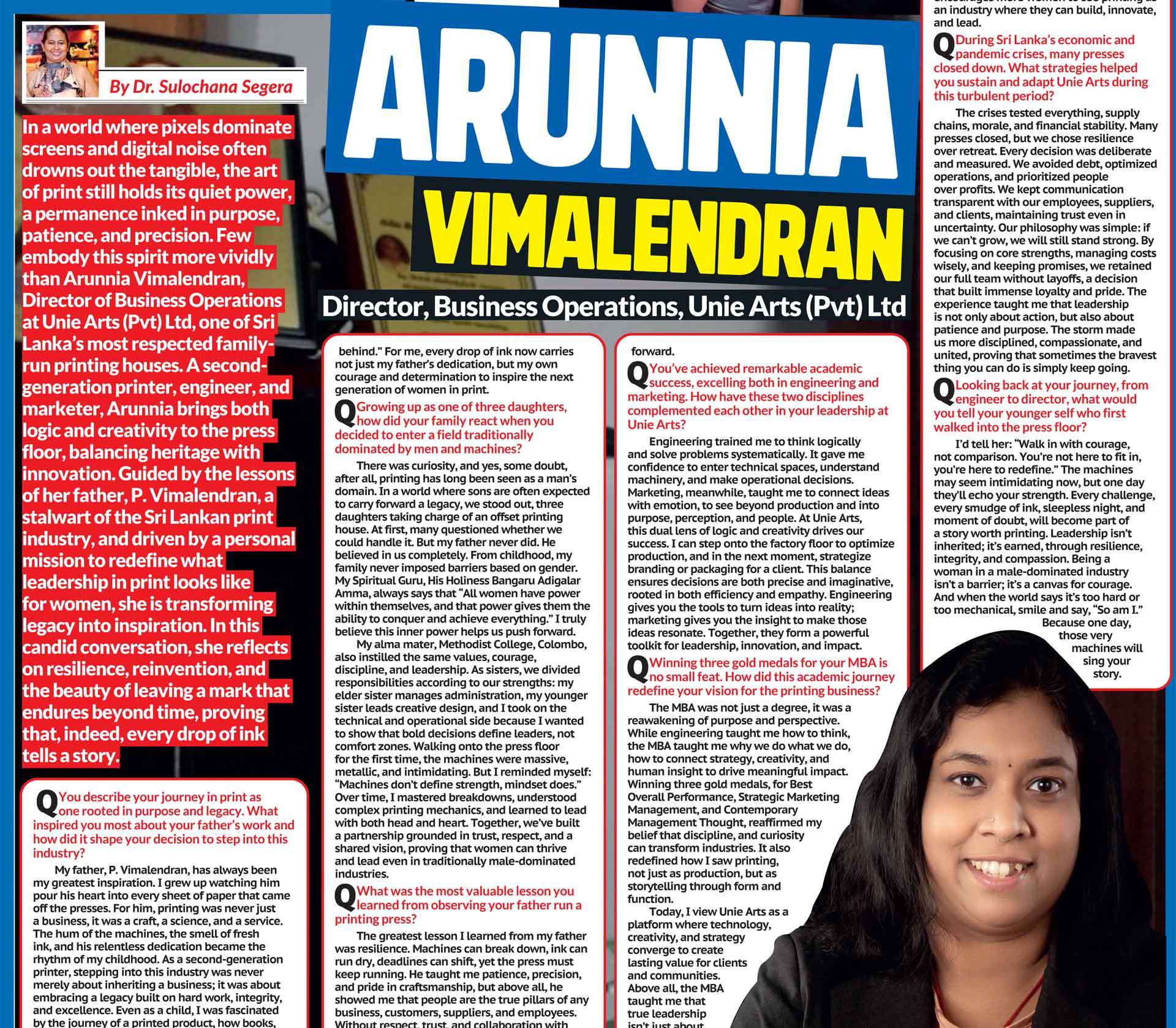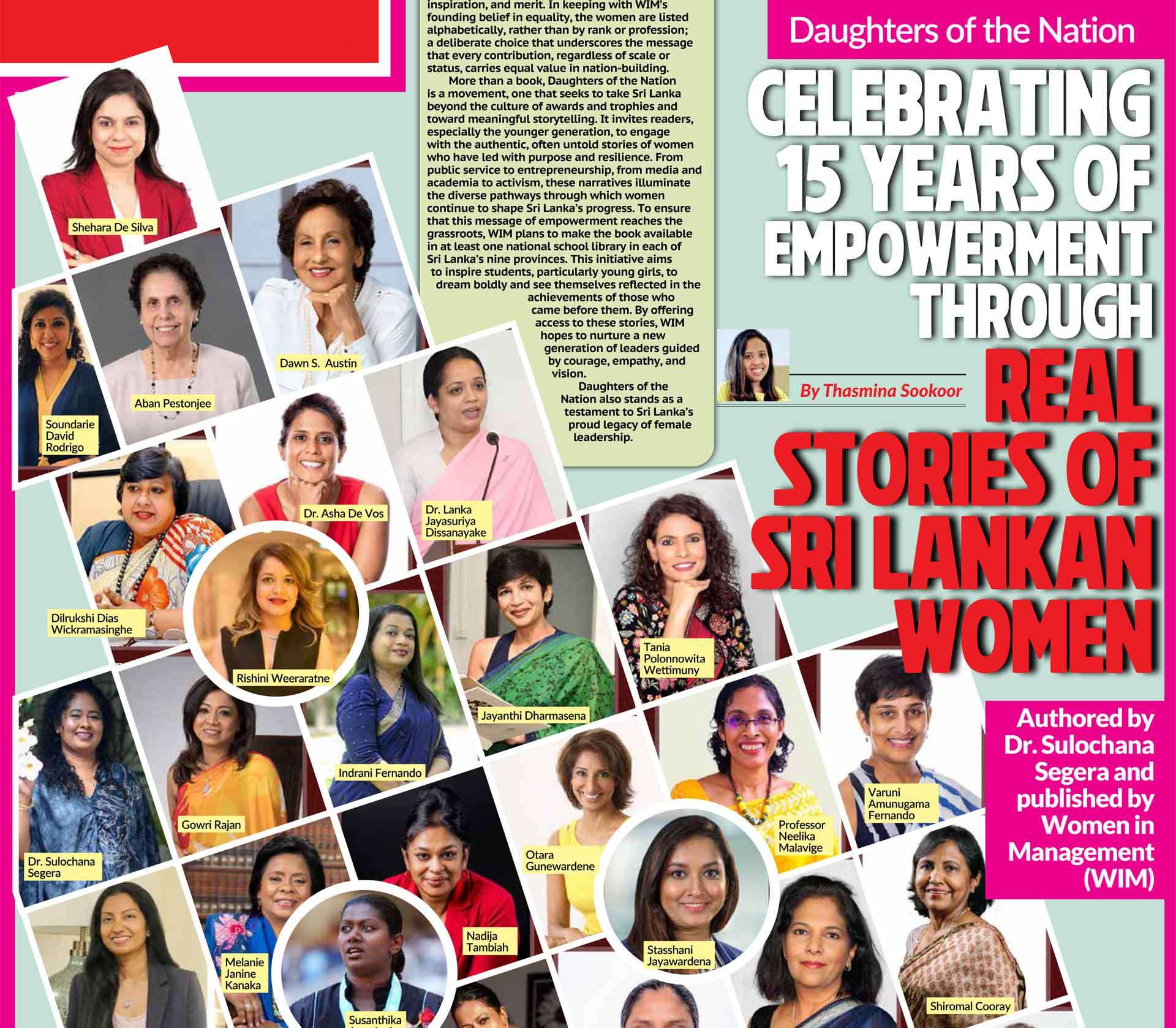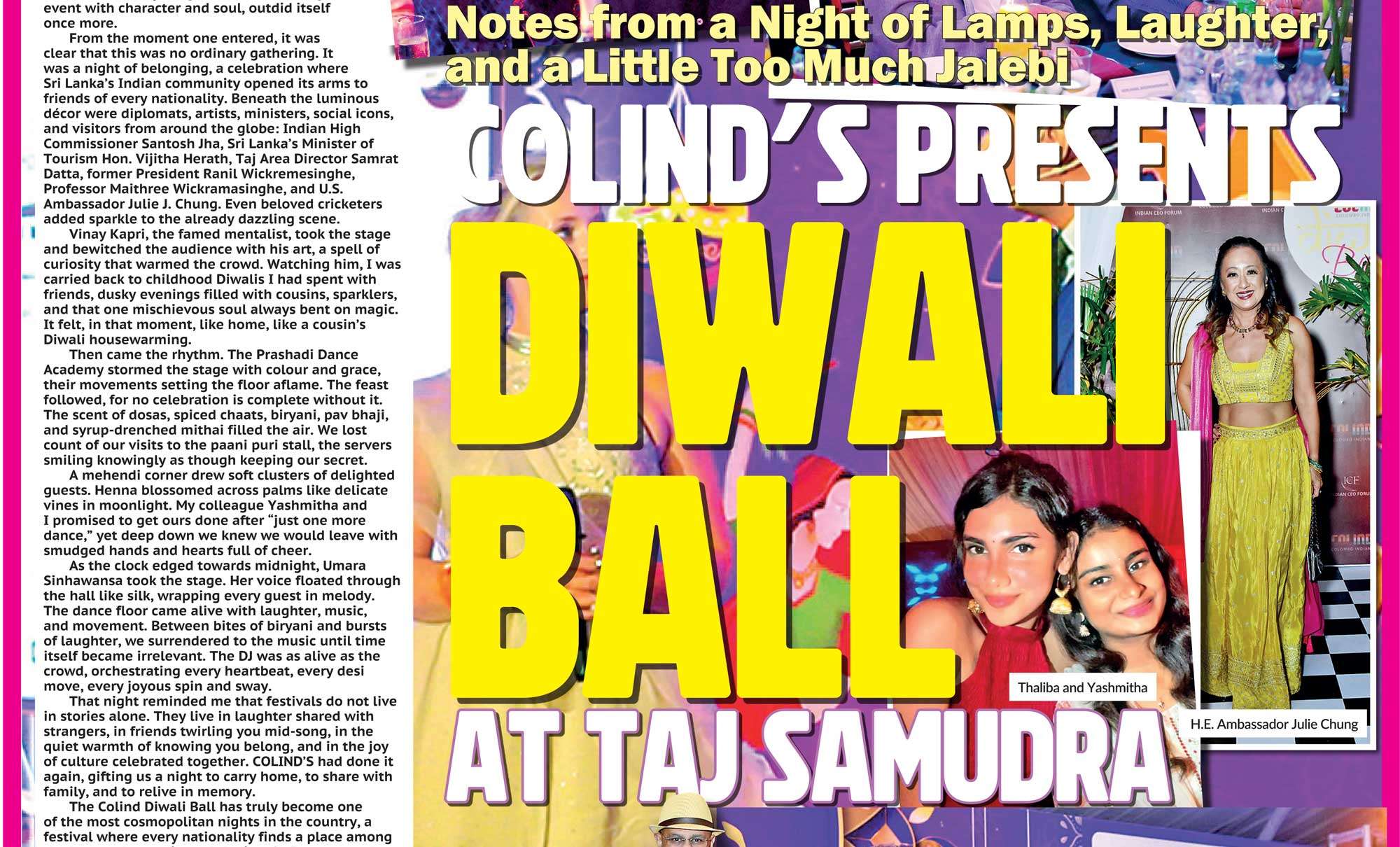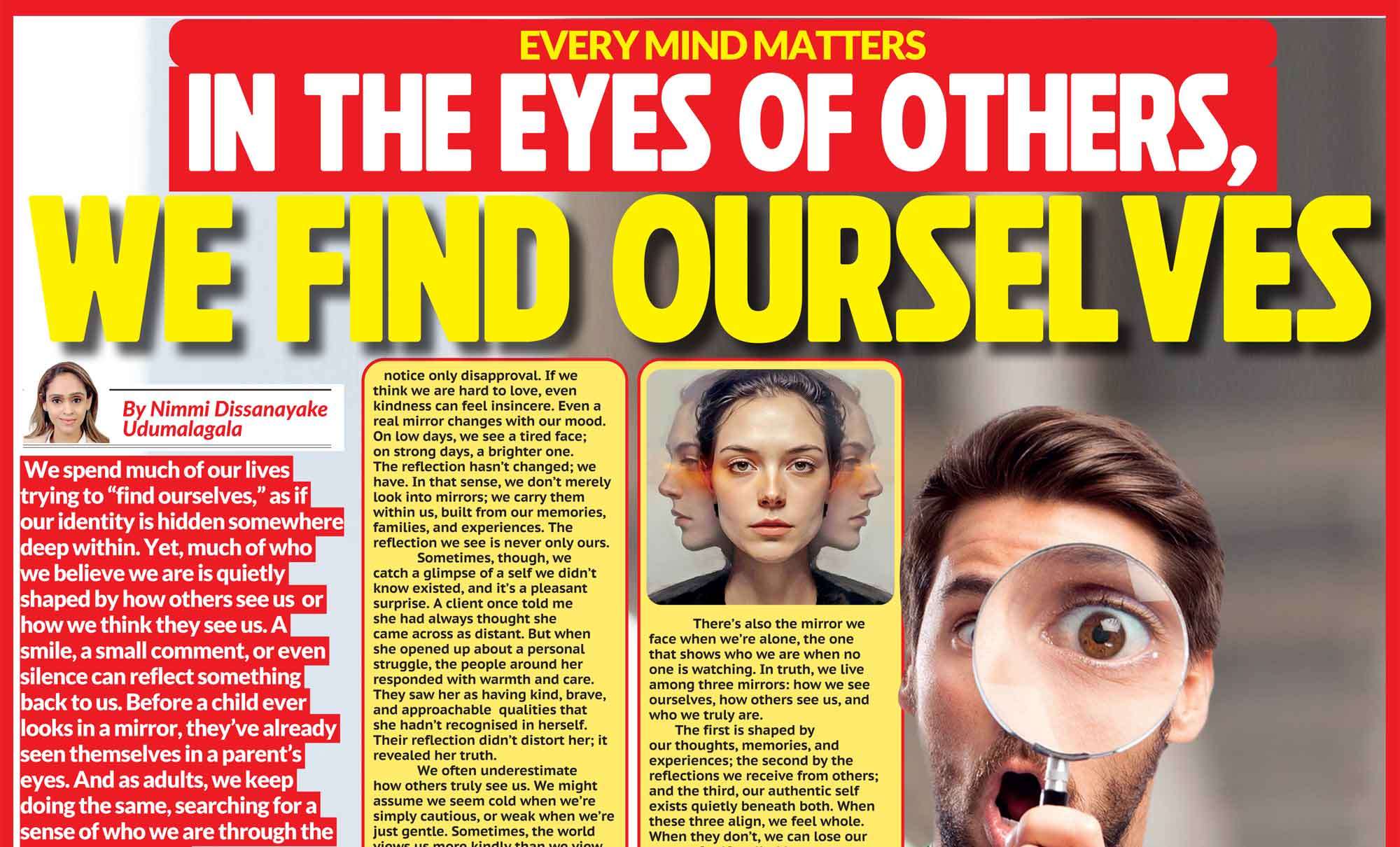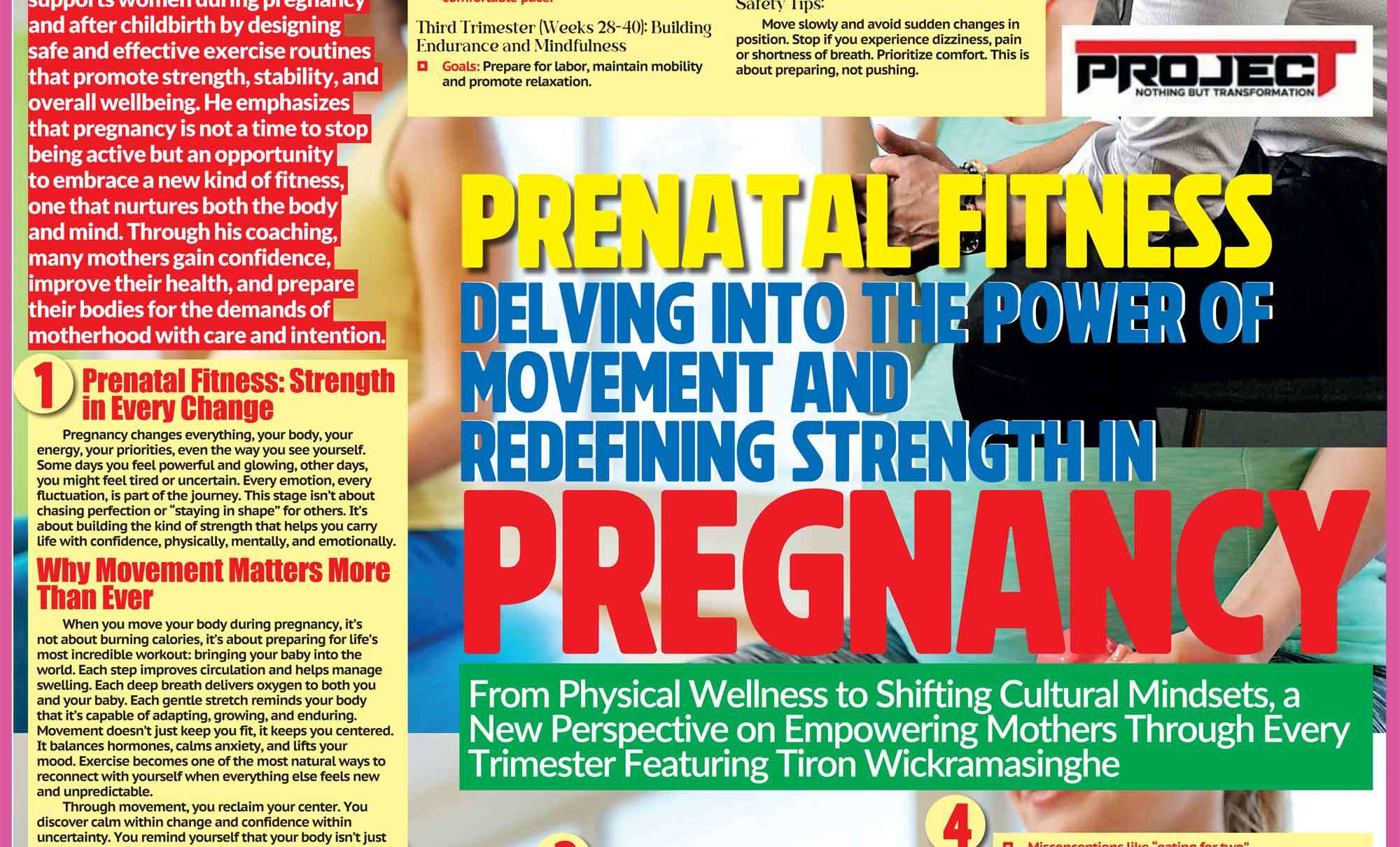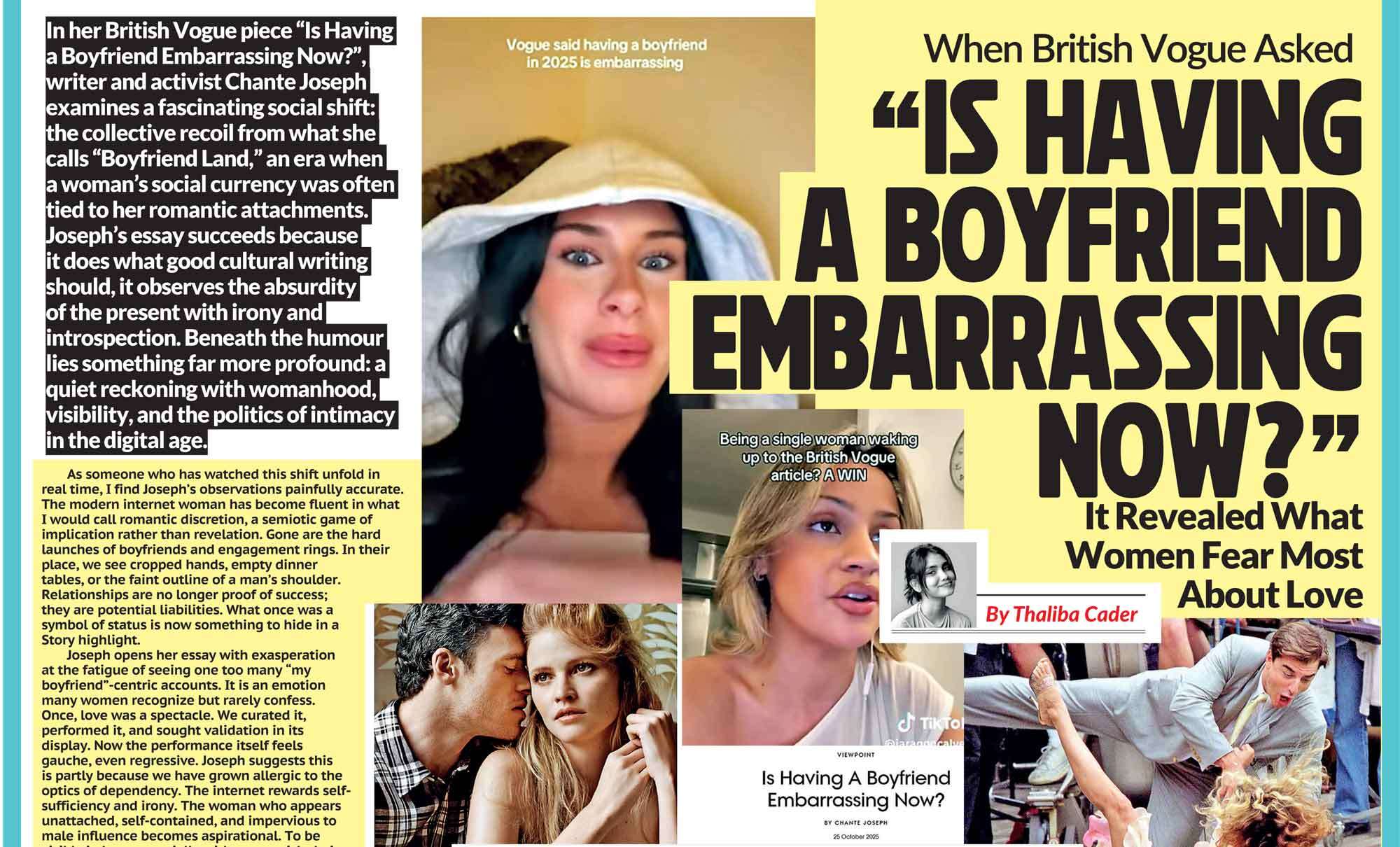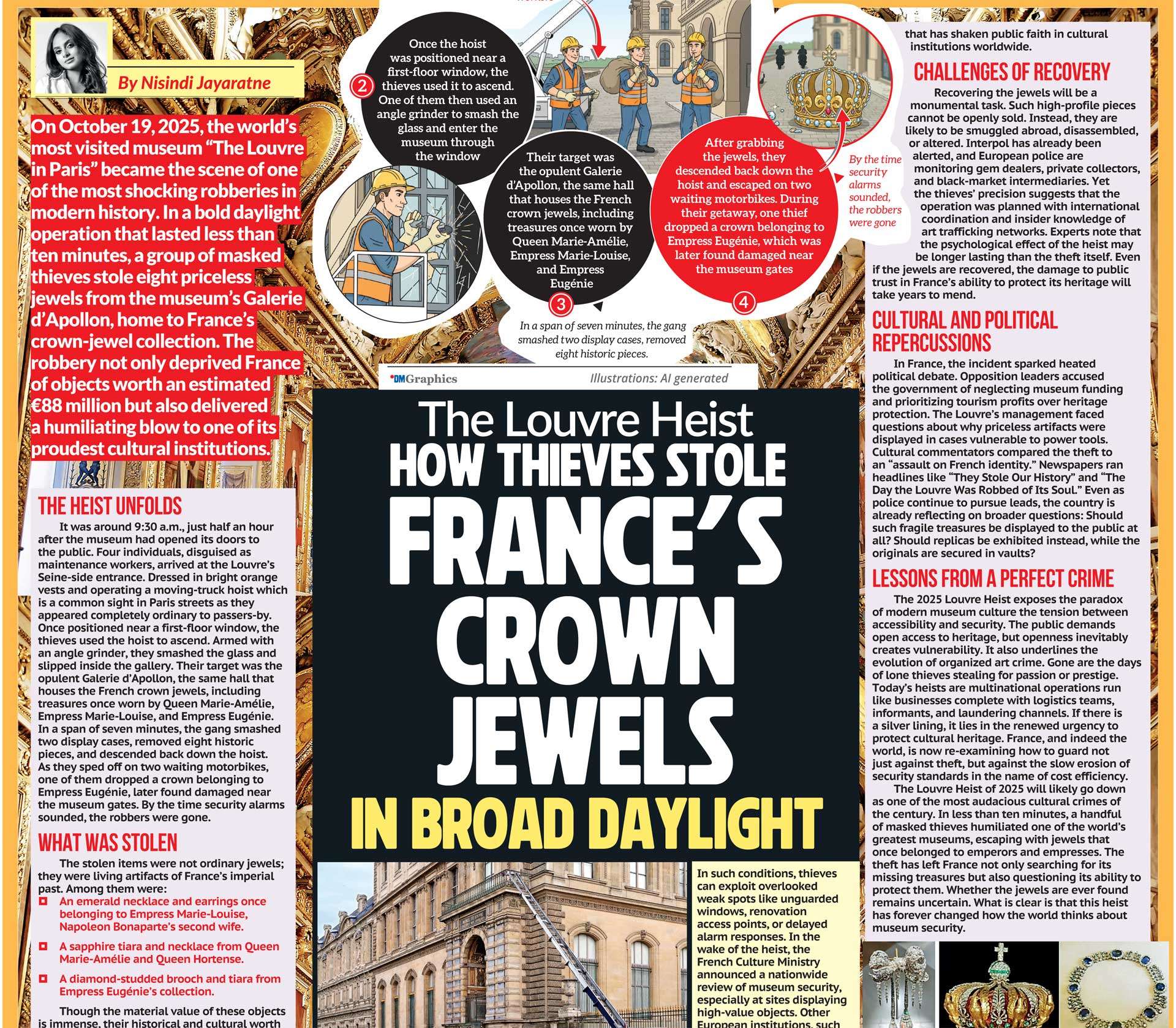A long, uncomfortable stare we mistook for romance
Somewhere in the universe, a man with a camera still thinks he’s doing women a favor by filming them eating strawberries in slow motion. Welcome, dear reader, to the phenomenon known as the male gaze; cinema’s laziest trick and patriarchy’s longest running franchise. Coined by Laura Mulvey in her 1975 essay, ‘visual pleasure and narrative cinema,’ the male gaze describes the way film (and honestly, most of popular culture) frames women as decorative objects. Not people.
Not complicated, contradictory, soul stretching beings. Just shiny surfaces for male desire to reflect itself back.
Definition for those at the back
Under the male gaze, women are there to be seen, not to see. They exist for men to project onto, to desire, to destroy, and, occasionally, if he’s feeling deep, to mourn, and the wildest part, it’s so omnipresent that for decades we didn’t even notice. We just called it ‘art.’
Exhibit A
Lolita, or how to romanticize child abuse in technicolor
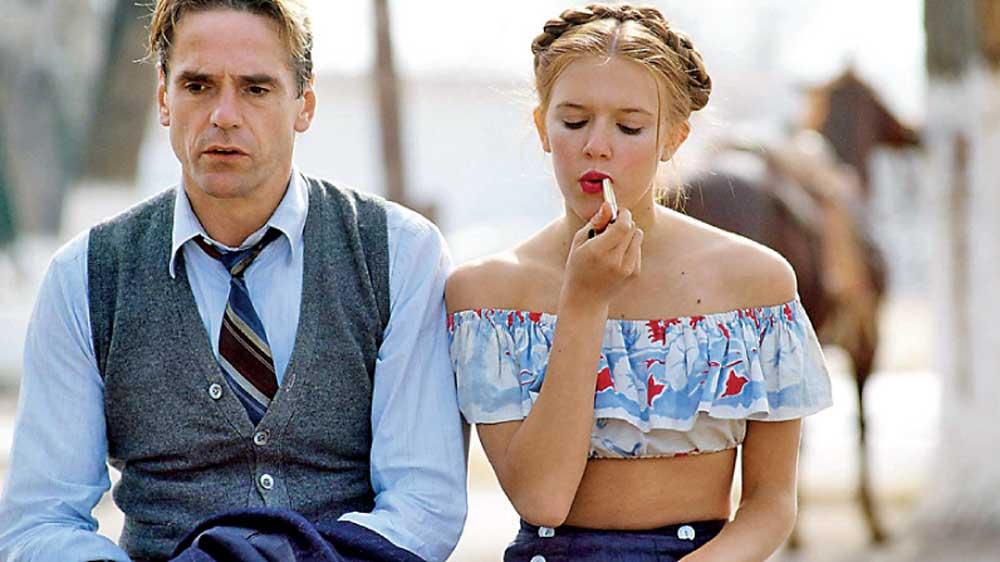
Lolita based on Vladimir Nabokov’s novel is the holy grail of the male gaze. Here’s the short version; a grown man preys on a twelve-year-old girl and somehow, we ended with marketing that looks like a horny ad for lip gloss. Instead of showing Humbert as the predatory gas-lighter he is, the movie (and society) turned Lolita herself into the problem; a too sweet, too-tempting seductress in heart shaped glasses. Never mind that she’s a literal child. The camera practically giggles along with Humbert, as if to say, “What was he supposed to do? Look at her! She asked for it by existing!”
The male gaze doesn’t just distort reality, it stage manages it. It tells you that when a man destroys a girl, it’s because she was dangerous, not because he was a grown man making grotesque choices. It makes tragedy look like a love story if you squint hard enough through your own entitlement. Thanks, cinema!
Exhibit B
The Virgin Suicides,
or how to make teenage deaths look aesthetic
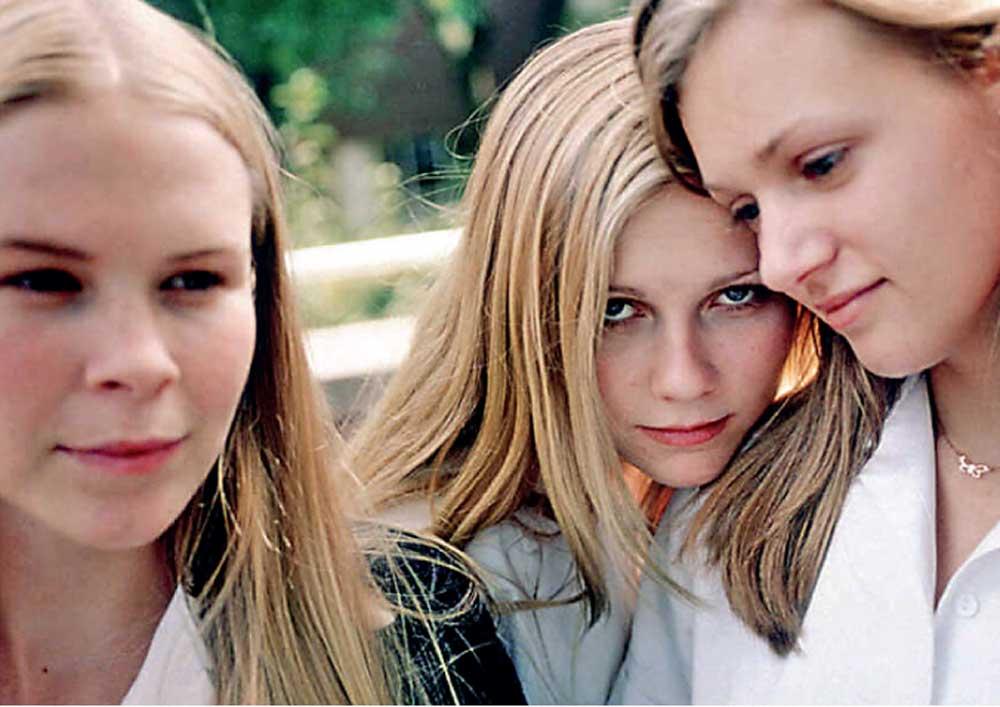
Fast forward to 1999, Sofia Coppola gives us the virgin suicides. A visually stunning, deeply uncomfortable meditation of girlhood, death, and the unrelenting stupidity of boys. The film follows five sisters through the lens (literally and figuratively) of neighborhood boys who obsess over them, fetishize them, and ultimately fail to understand them at all. The Lisbon girls are not people with hopes and rage and terrible math grades; they’re mythic, glowing objects of nostalgia.
Their suicides? Not devastating, system failing, mental-health imploding tragedies. Nope. They’re aesthetic. Pastel-tinted, sun-dappled scenes wrap the sisters in a dreamy unreality. It’s tragic, yes but it’s also beautiful. The girls aren’t mourned as individuals, they’re mourned as a lost idea because, again, under the male gaze women don’t suffer; they perform suffering attractively.
To Coppola’s credit, The Virgin Suicides is self-aware. She knows the boys’ view is limited and sad. She’s critiquing the way men turn women into tragic scenery to decorate their emotional lives, but even the critique can’t fully scrub the sticky residue of the male gaze from the film’s surface. After all, the girls are still mostly silent. Their pain is still mostly aesthetic. Sometimes when a woman holds the camera, she’s still wrestling with a machine built by men.
Exhibit C
Jennifer’s Body, or how to use the male gaze in itself
Now enter Jennifer’s Body (2009). A film dismissed at the time as schlocky teen horror, because the marketing sold it as Megan Fox in a cheerleader outfit licking her lips for the boys. But here’s the twist; the film was never for them! Written by Diablo Cody and directed by Karyn Kusama, Jennifer’s Body is a feminist revenge flick disguised as a teen scream fest. It weaponizes the male gaze, then guts it, literally. Jennifer, the titular character, is killed by a group of men to further their own success. She comes back not to haunt them, but to devour the boys who think they’re entitled to her body. The genius of the film is this, it lets men look. That’s the trap.
Jennifer is sexualized, yes, but she is not sexualized for their pleasure. Her seduction scenes are laced with violence. Her beauty is a blade. The camera appears to indulge the male gaze, but it twists into horror. The object of desire becomes the predator. Yet, when the film was released, critics and audiences saw only the marketing, not the critique. Megan Fox wasn’t taken seriously because we couldn’t yet recognize that a woman controlling how she’s looked at is not the same thing as being objectified. What Jennifer’s body understood (a decade before Twitter caught up) is that the male gaze doesn’t sexualize women; it consumes them. So, Cody and Kusama gave it something to chew on, and made sure it choked.
The joke’s
on us!
 Here’s the kicker; for decades, women internalized the male gaze so deeply we began looking at ourselves in that way. We learned to watch our own bodies from outside ourselves. We learned that being wanted was the same thing as being seen.
Here’s the kicker; for decades, women internalized the male gaze so deeply we began looking at ourselves in that way. We learned to watch our own bodies from outside ourselves. We learned that being wanted was the same thing as being seen.
We learned that a good woman in a movie wasn’t necessarily alive, but she sure looked good
dying. Every slow-motion hair flip, every tragic
sexy cry, every mysterious sad smile
across a crowded room taught us that femininity was about being interpretable; not real,
not whole, just available for meaning. The male gaze doesn’t just steal how others saw us. It stole how we saw ourselves.
The Great Ungazing
Here’s the good news; the spell is breaking. Slowly, awkwardly, but gloriously. Modern filmmaker, especially women, queer creators, people of color, are trying to rip the camera away from sweaty palms and ask, what if women are subjects, not objects? What if girls got to be ugly, weird, angry, messy, and not picturesque while doing it? What if crying wasn’t slow motion and mascara, perfect but ugly and snotty and furious? Movies like ‘Portrait of a Lady on Fire,’ Barbie, After Sun, I May Destroy You, and yes, Jennifer’s Body, don’t just ‘flip’ the male gaze, they burn it to the ground and build something newer, stranger, freer in its place. Because here’s the real secret; being seen by the male gaze was ever the prize. Being seen by yourself; messy, complicated, unmarketable, always was, and no, we don’t need heart shaped glasses anymore. We were dazzling without them all along.

